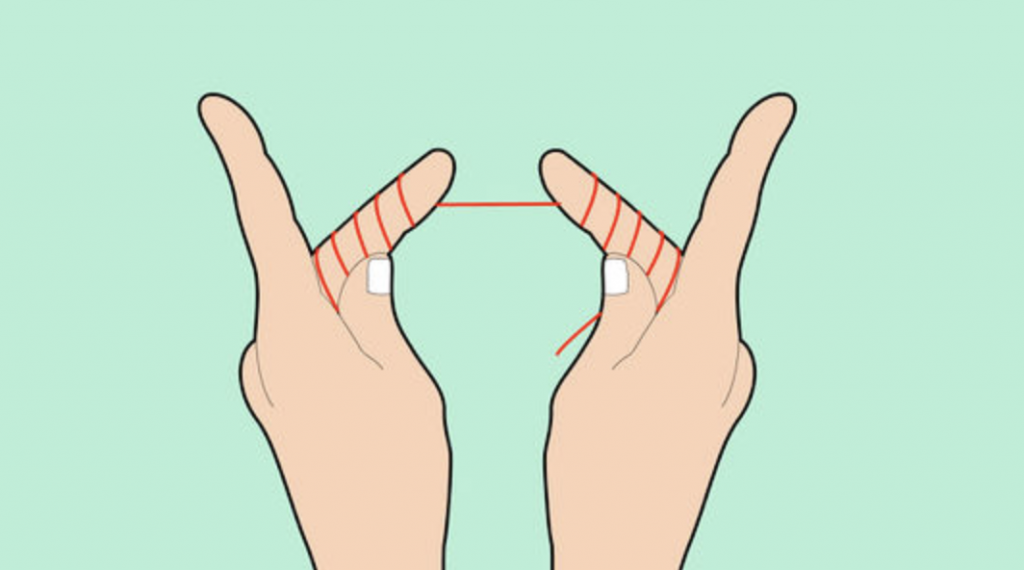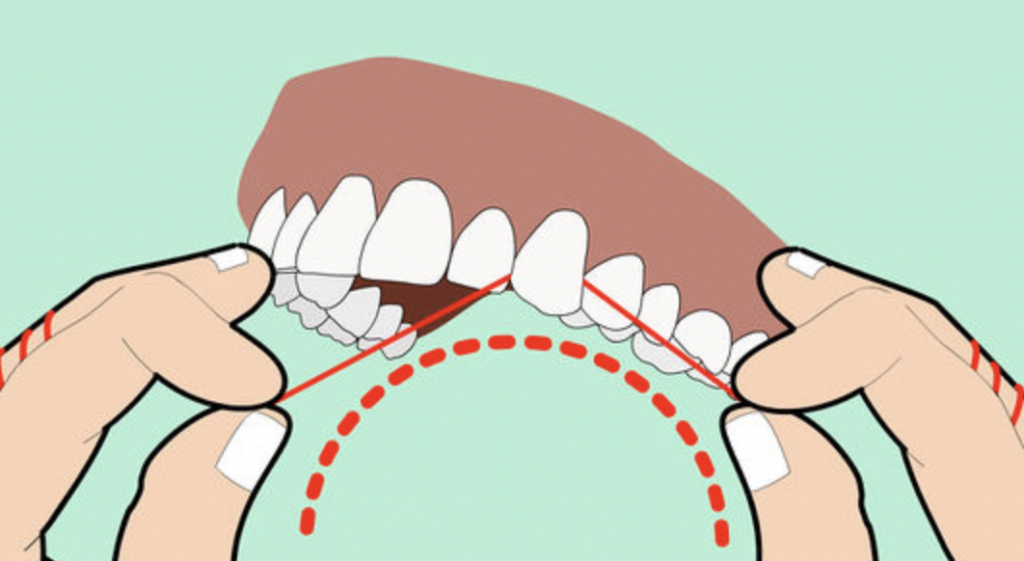You know that you should floss your teeth but what is the best way to floss?
Flossing is one of the most effective methods of removing debris from in between your teeth but like many things, how you do it directly impacts your results. The best way to floss your teeth is simple and you can get better results from flossing by following these simple steps.
1. Choose the right floss
Did you know that there are several different types of floss and each of them has a specific function? For instance, if you have teeth that are very close together, you may find that regular floss snags or breaks when you try to use it. There is a floss specifically designed for this situation and many others. If you have arthritis or other dexterity issues that limit your ability to floss, there are flossing aids that allow you to floss with just one hand. There is a floss for every possible oral health situation so choose one that fits your needs.
2. Use the right amount of floss
Have you ever watched your dental hygienist prepare to floss your teeth during a cleaning? He or she will pull about 18 inches of floss off of the spool and wind each end around their index fingers. Are you using that much floss at home? Most people are not.
That sounds like a lot of floss, but what most people don’t realize is that you need enough floss to have a clean segment of floss in place as you move from tooth to tooth. When you don’t use a clean segment of floss for each tooth, you wind up depositing debris back into the very gaps you’re trying to clean.
3. Hold the floss correctly

Make sure you pinch the floss between your thumbs and index fingers, leaving one to two inches of floss in between. When flossing your upper teeth, use your thumbs to direct floss between them. As you floss your teeth, angle the floss so it hugs the tooth in a “c” shape. This ensures you’re reaching as much of the surface area of the tooth as possible. Many people struggle to floss well because they don’t use the proper technique. Holding your floss correctly is going to make flossing a whole lot easier for you.
4. Use sliding and gliding motions

Many people shove floss between their teeth and yank it out which results in a popping sound. This is not the best way to floss and it the forcefulness of the technique can damage your gums. Instead, gently guide the floss between your teeth by using a zig-zag motion. The is to slide and glide between the teeth, not pop. Be sure to slide the floss up and down against the tooth surface and under the gum line to cover as much surface area as possible. Don’t forget to floss the back of each tooth as well! You don’t have to be forceful when you floss. In fact, the best way to floss is with gentle movements. If you’re unsure about the best way to floss, don’t hesitate to ask your dentist to show you. We’re here to help!
5. Choose a pattern
Where you choose to start flossing your teeth is completely up to you but we recommend you choose a pattern to follow so you’re sure that you’ve flossed each tooth. No matter which pattern you decide upon, be sure to throw away your floss when you’ve finished. Some people think it’s okay to reuse floss but when you do that, you reintroduce all of that bacteria and debris that you just worked so hard to remove.
6. Pair flossing with another habit
Do you tend to forget to floss? You’re not alone! Instead of relying on remembering to floss, pair flossing with another habit that you already do consistently. It is easier to add something onto an existing habit than to create an entirely new one. If you already brush your teeth or wash your face every morning, add flossing onto that routine and you’ll be less likely to forget it. If that doesn’t work for you, you can always leave yourself a note on your bathroom mirror or set up a reminder on your phone. It doesn’t matter if you know the best way to floss if you don’t actually do it.
7. Commit to once a day
The American Dental Association (ADA) recommends flossing your teeth once a day. You can decide if you prefer to do it in the morning or the evening, but know that you don’t need to floss your teeth multiple times per day. Excessive flossing can irritate your gums and that’s going to make you want to stop flossing altogether. If you can commit to flossing once a day and use these tips on the best way to floss, you’re going to improve your oral health.
Flossing can be awkward so if you’re not sure if you’re doing it right or you have questions about the best way to floss, ask your dentist or dental hygienist. We will be more than happy to show you the best way to floss and make sure you understand what you can do to improve your oral health.

Recent Comments